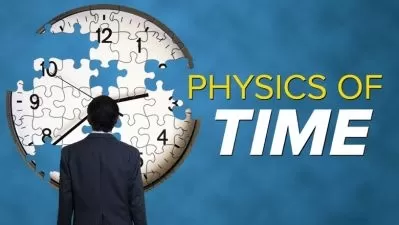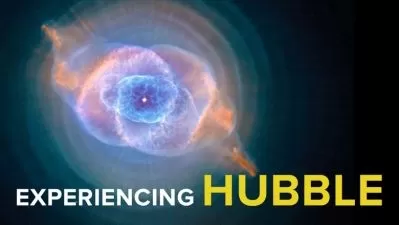Advanced Band Gap Energy Calculations
Shahid Ali
2:05:13
Description
Nanoparticle Characterization Techniques
What You'll Learn?
- How to calculate band gap energy using UV-Vis absorption and photoluminescence (PL) data
- How to estimate concentration accurately from UV-Vis absorbance data
- To estimate nanoparticle size and morphology using UV-Vis absorbance data
- Urbach energy calculation and absorption coefficient α determination
Who is this for?
What You Need to Know?
More details
DescriptionWelcome to the comprehensive course on "Advanced UV-Vis Analysis for Material Characterization"! This course is a deep dive into the intricate realm of UV-Vis absorption analysis using Origin software, covering fundamental principles and advanced techniques essential for modern materials characterization. In Section 1, we establish the foundation with an exploration of the basics, guiding you on how to calculate band gap energy from UV-Vis absorption data, setting the stage for the more complex analyses that follow. Moving on to Section 2, we venture into band gap energy calculations from various perspectives - from photoluminescence (PL) and UV-Vis reflection (DRS) data to Tauc plots with baseline correction. Section 3 focuses on concentration estimation, a pivotal aspect of analytical chemistry. Here, we demonstrate how to accurately estimate concentration using Beer-Lambert's law and UV-Vis absorbance data. Section 4 delves into nanoparticle characterization, revealing methodologies to estimate nanoparticle size, morphology, and distribution, crucial for researchers in the field of nanotechnology. The course takes an advanced turn in Section 5, where we explore Urbach energy calculation and absorption coefficient α determination, providing deep insights for precise analysis. Finally, in Section 6, we tackle data normalization and correction, imperative for accurate UV-Vis absorbance data interpretation. Through a series of detailed video tutorials, we empower you to master these techniques, enhancing your skills in UV-Vis analysis and material characterization. By the end of this course, you'll possess the knowledge and practical expertise needed to navigate the complexities of UV-Vis absorption analysis and unlock valuable insights into material properties. Join us and embark on this enlightening journey into the world of advanced UV-Vis analysis!
Who this course is for:
- Material Science and Chemistry Students
- Researchers and Scientists
- Analytical Chemistry Professionals
- Academic Educators
- Lab Technicians and Engineers
Welcome to the comprehensive course on "Advanced UV-Vis Analysis for Material Characterization"! This course is a deep dive into the intricate realm of UV-Vis absorption analysis using Origin software, covering fundamental principles and advanced techniques essential for modern materials characterization. In Section 1, we establish the foundation with an exploration of the basics, guiding you on how to calculate band gap energy from UV-Vis absorption data, setting the stage for the more complex analyses that follow. Moving on to Section 2, we venture into band gap energy calculations from various perspectives - from photoluminescence (PL) and UV-Vis reflection (DRS) data to Tauc plots with baseline correction. Section 3 focuses on concentration estimation, a pivotal aspect of analytical chemistry. Here, we demonstrate how to accurately estimate concentration using Beer-Lambert's law and UV-Vis absorbance data. Section 4 delves into nanoparticle characterization, revealing methodologies to estimate nanoparticle size, morphology, and distribution, crucial for researchers in the field of nanotechnology. The course takes an advanced turn in Section 5, where we explore Urbach energy calculation and absorption coefficient α determination, providing deep insights for precise analysis. Finally, in Section 6, we tackle data normalization and correction, imperative for accurate UV-Vis absorbance data interpretation. Through a series of detailed video tutorials, we empower you to master these techniques, enhancing your skills in UV-Vis analysis and material characterization. By the end of this course, you'll possess the knowledge and practical expertise needed to navigate the complexities of UV-Vis absorption analysis and unlock valuable insights into material properties. Join us and embark on this enlightening journey into the world of advanced UV-Vis analysis!
Who this course is for:
- Material Science and Chemistry Students
- Researchers and Scientists
- Analytical Chemistry Professionals
- Academic Educators
- Lab Technicians and Engineers
User Reviews
Rating
Shahid Ali
Instructor's Courses
Udemy
View courses Udemy- language english
- Training sessions 14
- duration 2:05:13
- Release Date 2023/11/13
















